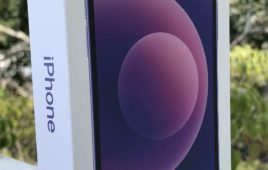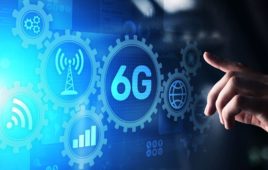With its large swath of unused low-band spectrum, T-Mobile stands to deliver “real” 5G ahead the competition, according to BTIG analysts.
“We believe T-Mobile is best positioned to deliver real 5G whenever that reality actually materializes,” BTIG analyst Walter Piecyk wrote in a Friday post.
He noted that in past technology transitions, new, unused spectrum was an essential building block for bringing new technologies to market, as was seen in the shifts to 3G and 4G.
Last year T-Mobile scooped up more than 1,500 spectrum licenses in the 600 MHz band for $8 billion at the FCC broadcast incentive auction. Piecyk said T-Mobile is “uniquely positioned” to use this 30 MHz of low-band spectrum to deploy 5G NR before its peers, who are betting on millimeter wave spectrum or waiting for availability of mid-band spectrum from CBRS, Dish, or C-Band.
“We do not believe that any of those spectrum alternatives can match the speed at which T-Mobile could deliver 5G to the market on its existing low-band spectrum,” Piecyk wrote.
Rivals AT&T and Verizon are rolling out mobile 5G service this year, initially leaning on high-band millimeter wave spectrum. While mmWave spectrum can deliver high speeds and low latency, there have been questions about using mmWave for mobile 5G because of its limited propagation. Low-band spectrum, like T-Mobile’s 600 MHz holdings, can provide better coverage over larger distances.
“T-Mobile should be the first to market with real 5G and, if the Sprint deal is approved, will have the mid-band spectrum to further solidify their lead,” Piecyk said.
While low-band spectrum will give T-Mobile an edge in 5G initially, the company will need more mid-band spectrum to be able to deliver 5G services over time and take advantage of growth opportunities driven by 5G, according to BTIG.
If T-Mobile does not secure regulatory approval for its proposed $26 billion merger with Sprint, BTIG estimates T-Mo will have to shell out $20 billion on additional spectrum within two years.
Piecyk called out Dish’s Band 66 spectrum as the most attractive option, and also pointed to the satellite TV operator’s Band 70 holdings, and cited C-band spectrum as a third choice.
BTIG maintains that the Sprint-T-Mobile deal has less than 40 percent odds of gaining approval, as proposed. The FCC’s review of the deal is currently paused, and could take longer as the U.S. government is still currently in the midst of the nation’s longest partial government shutdown.
T-Mobile this week caused controversy, as the Washington Post revealed that top executives, including CEO John Legere, opted to stay at Trump International Hotel in Washington, D.C. the day after the proposed merger with Sprint was announced.
Executives have since continued to stay at the hotel owned by President Trump, according to the Washington Post investigation.
On Twitter, Legere brushed off implications that the hotel choice was a calculated move to drum up support from the current administration:
However, many on social media were concerned by ‘the optics’ and FCC Commissioner Jessica Rosenworcel chimed in with concern:




